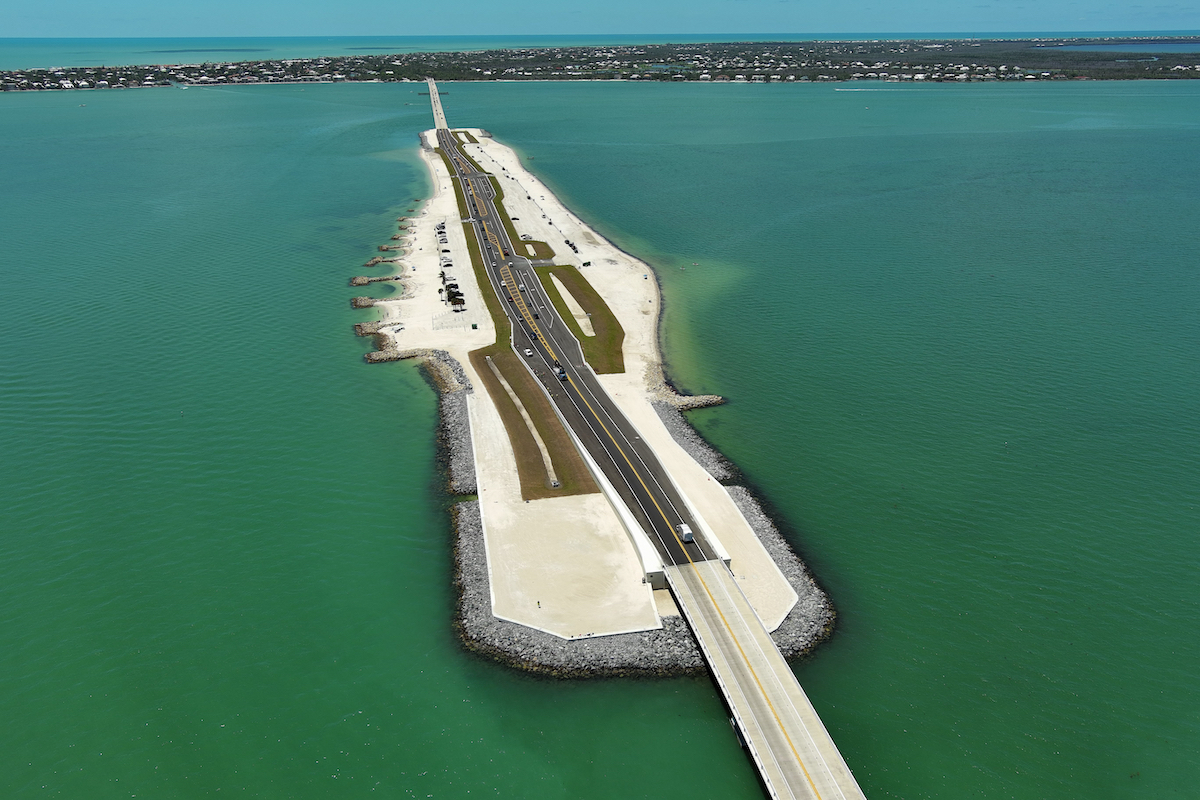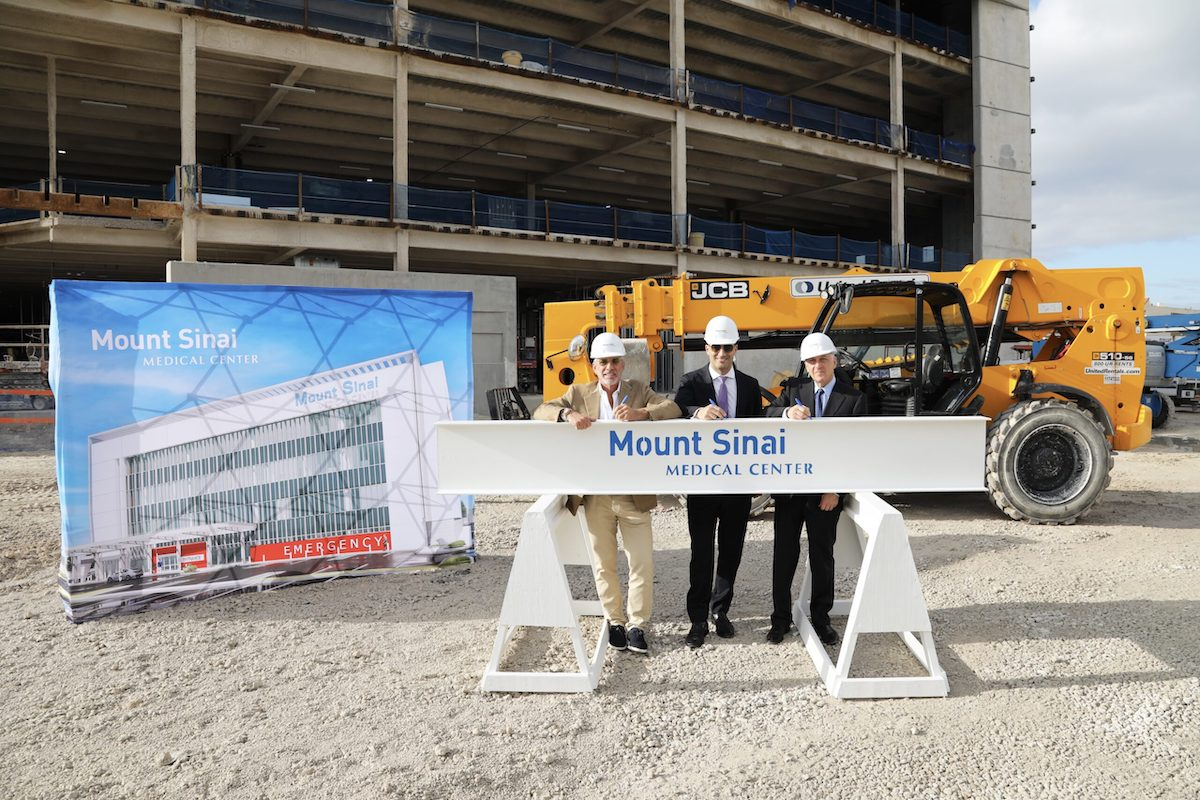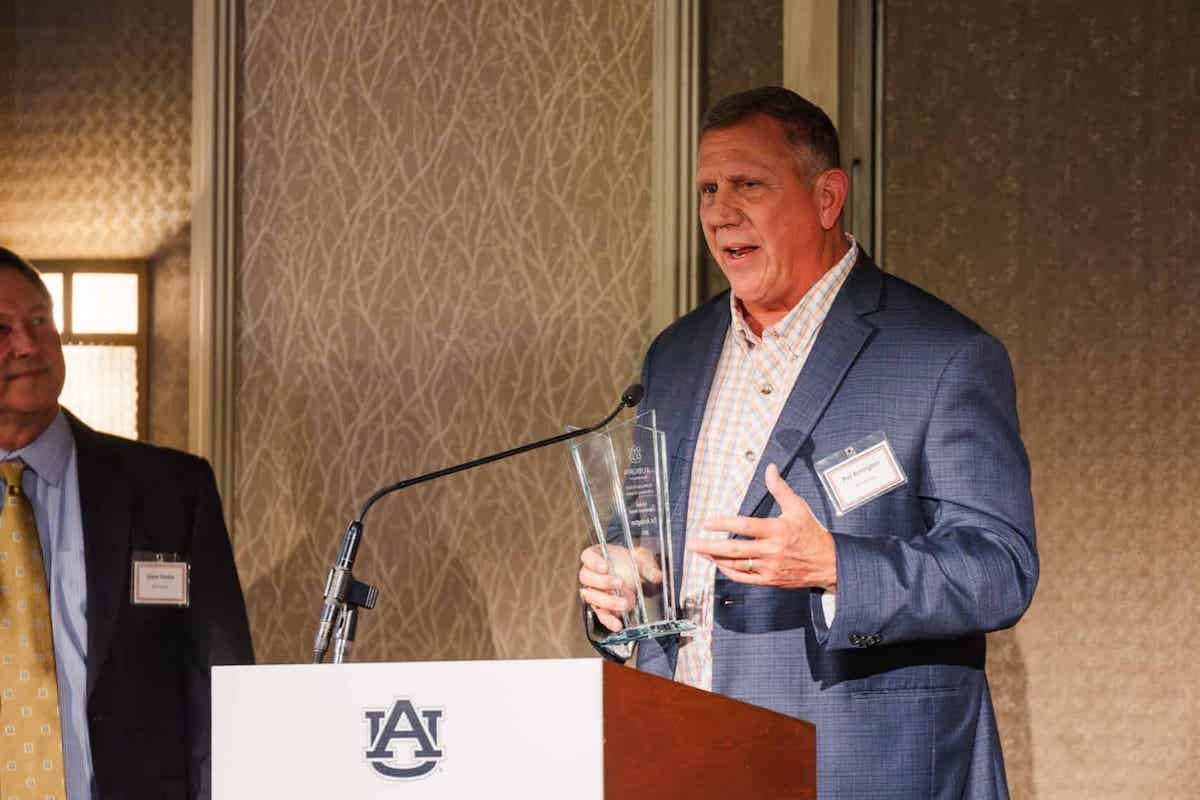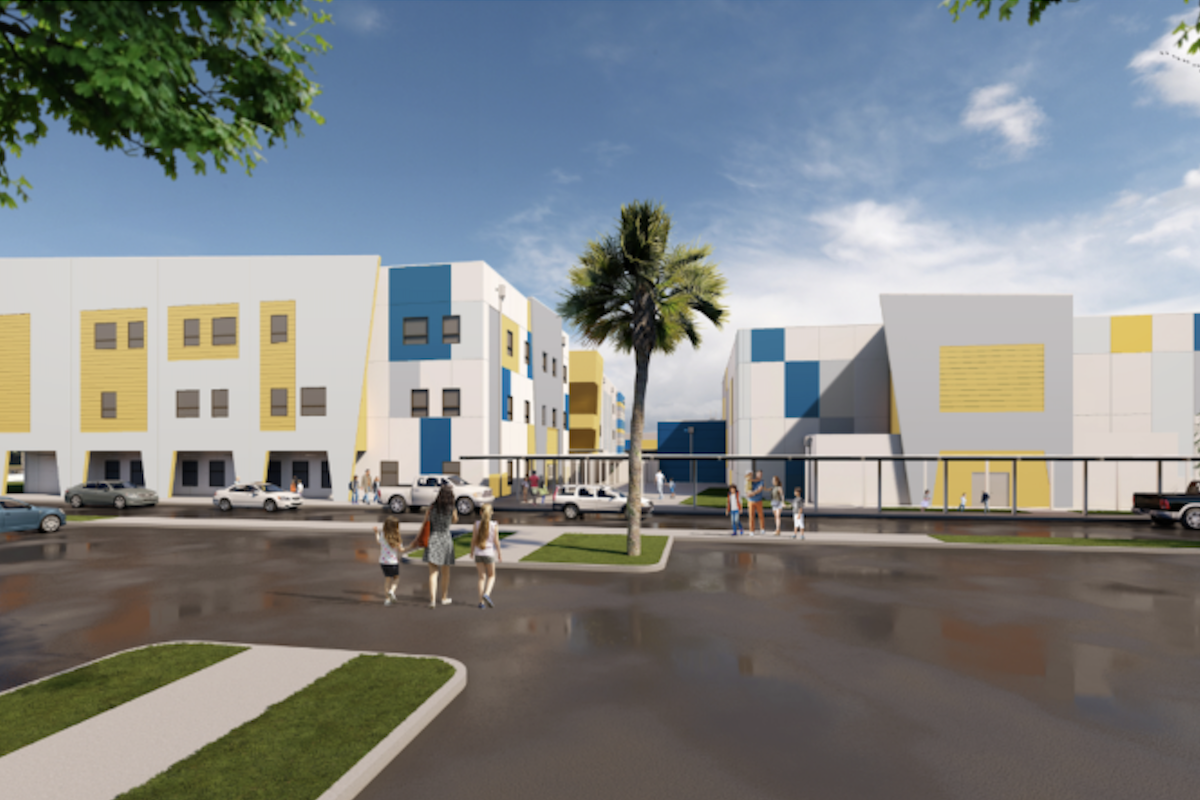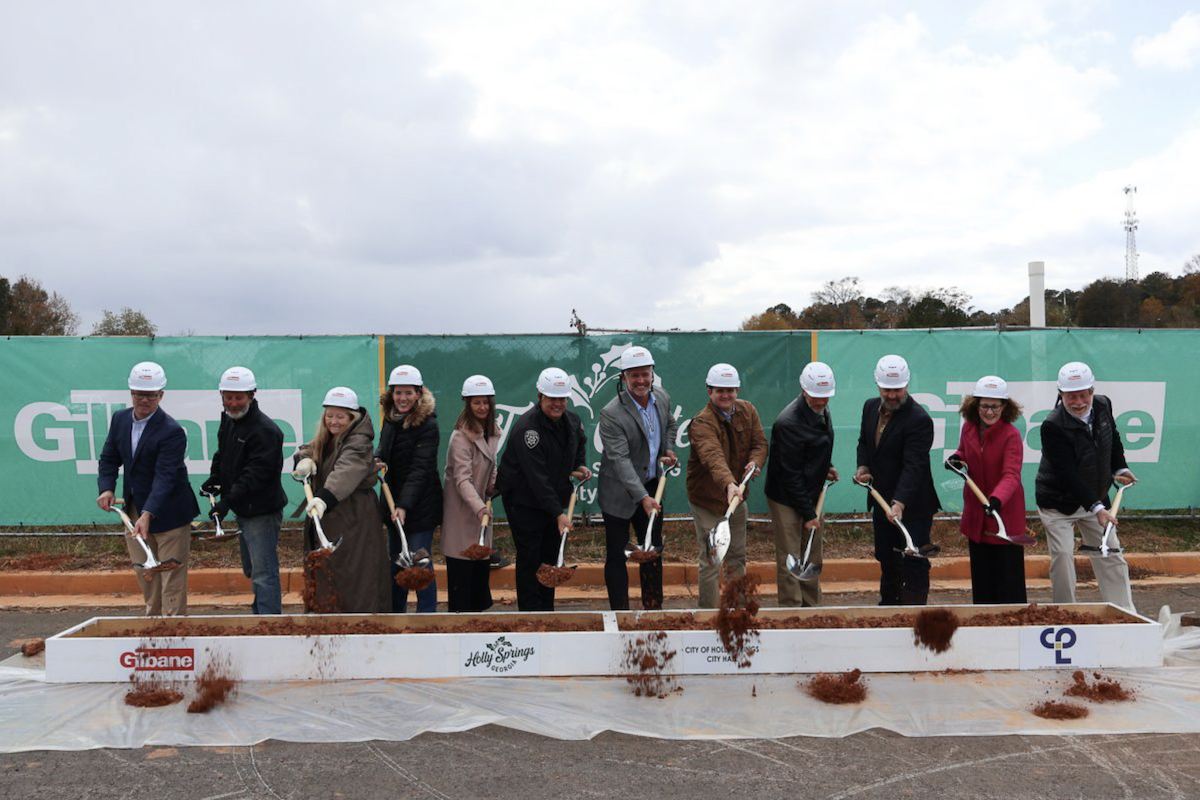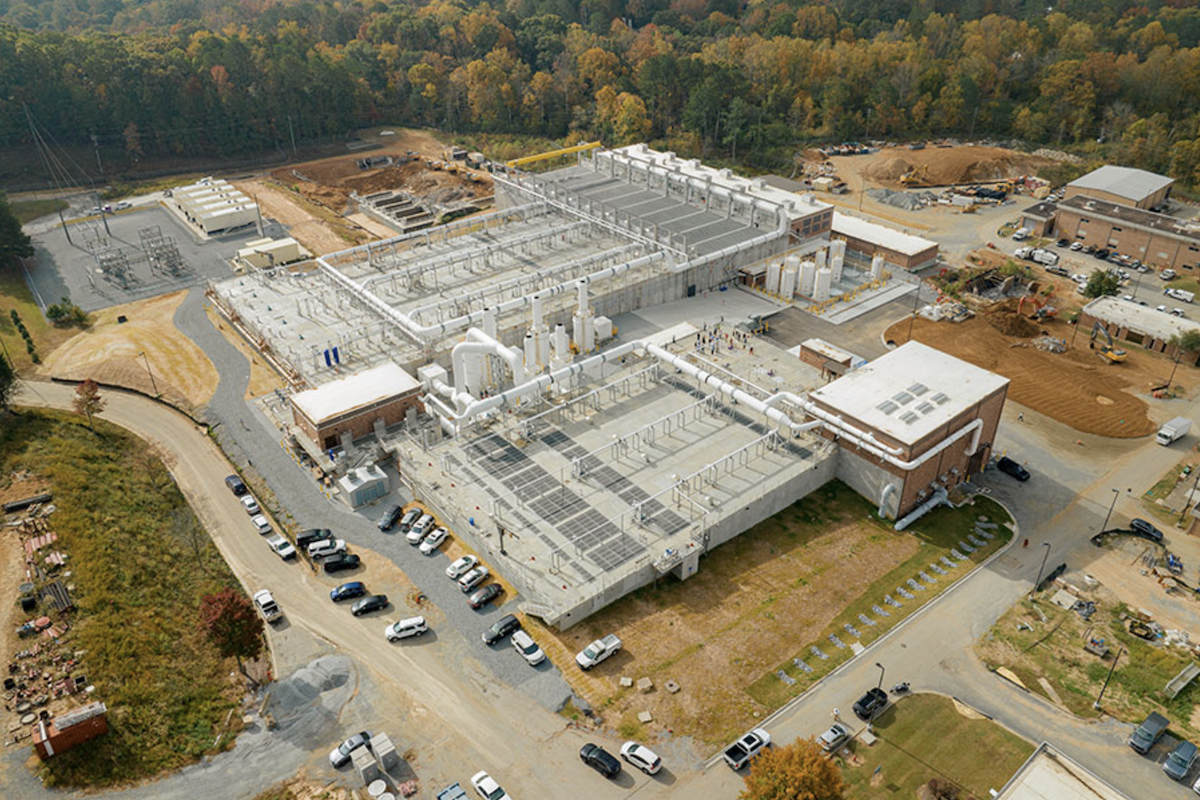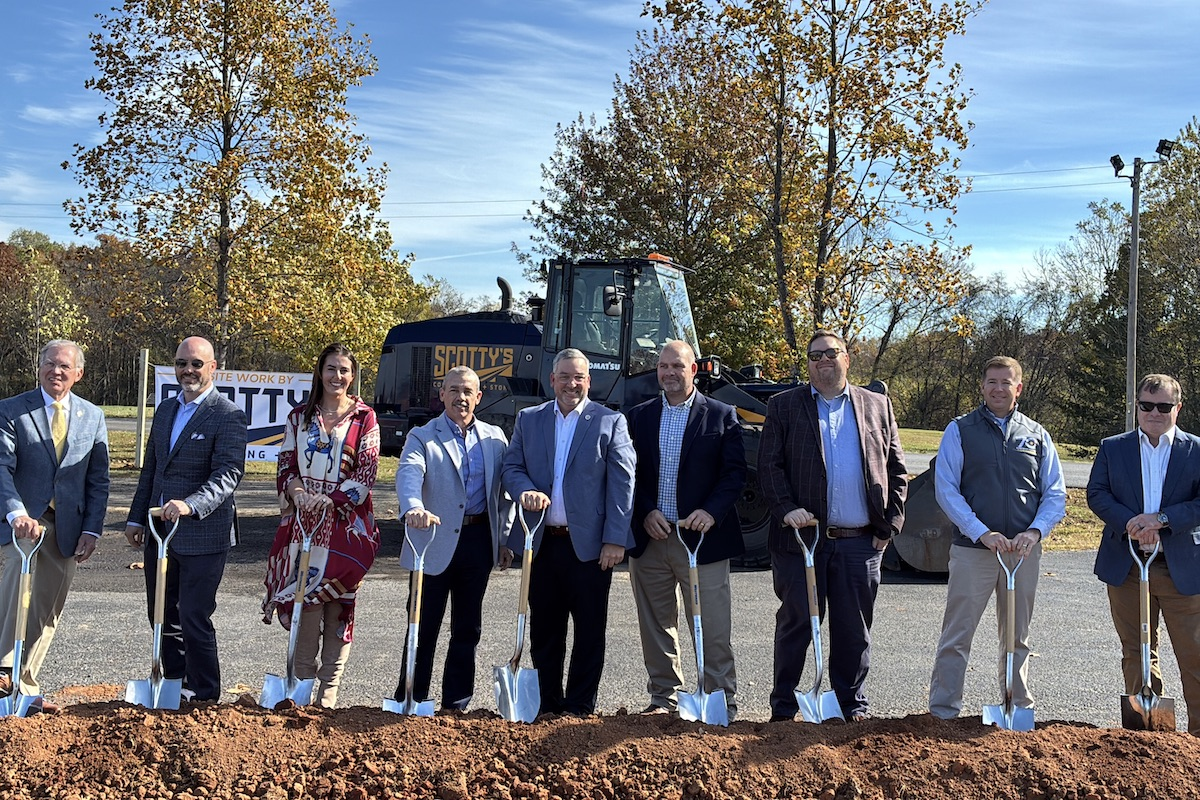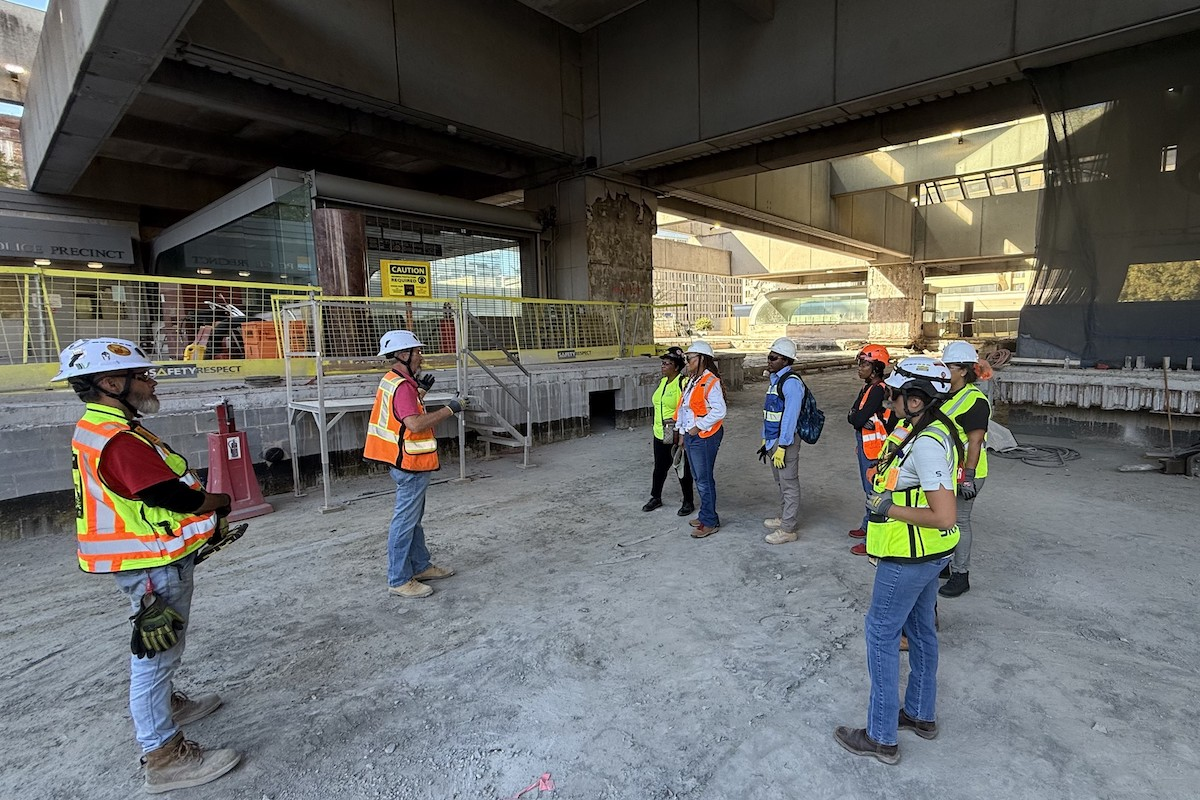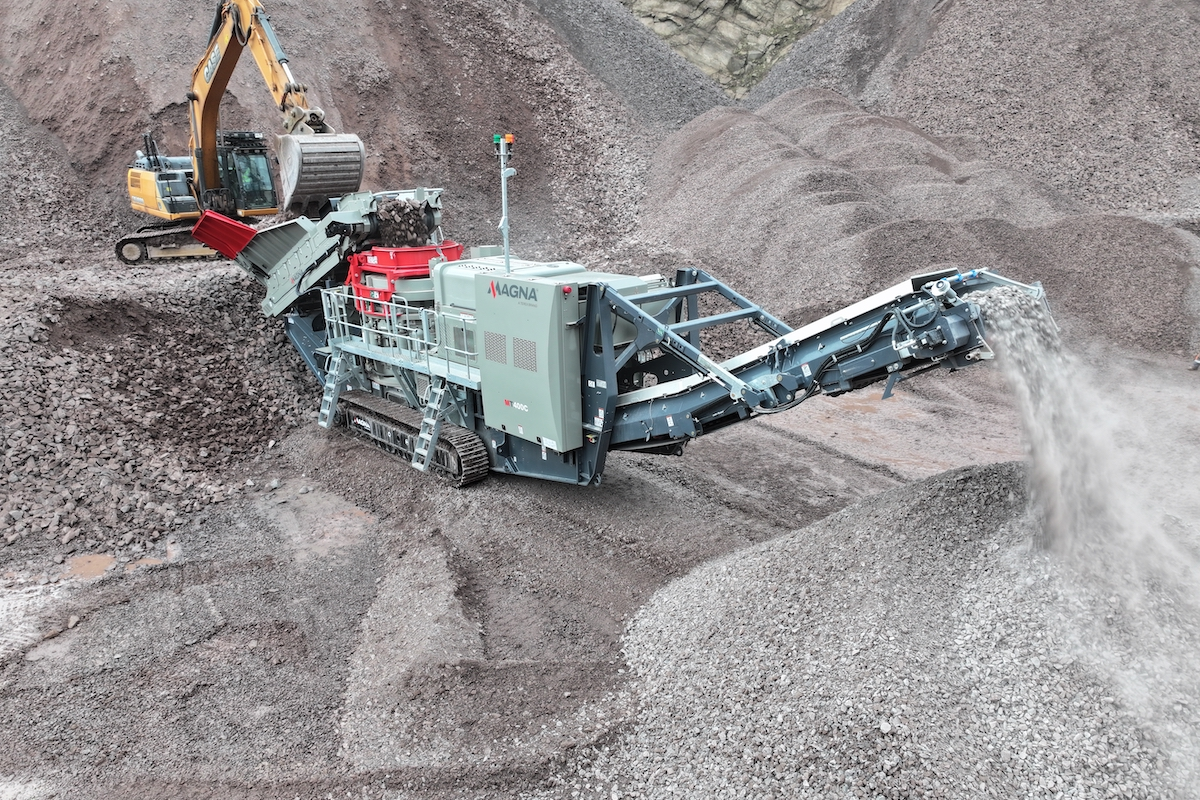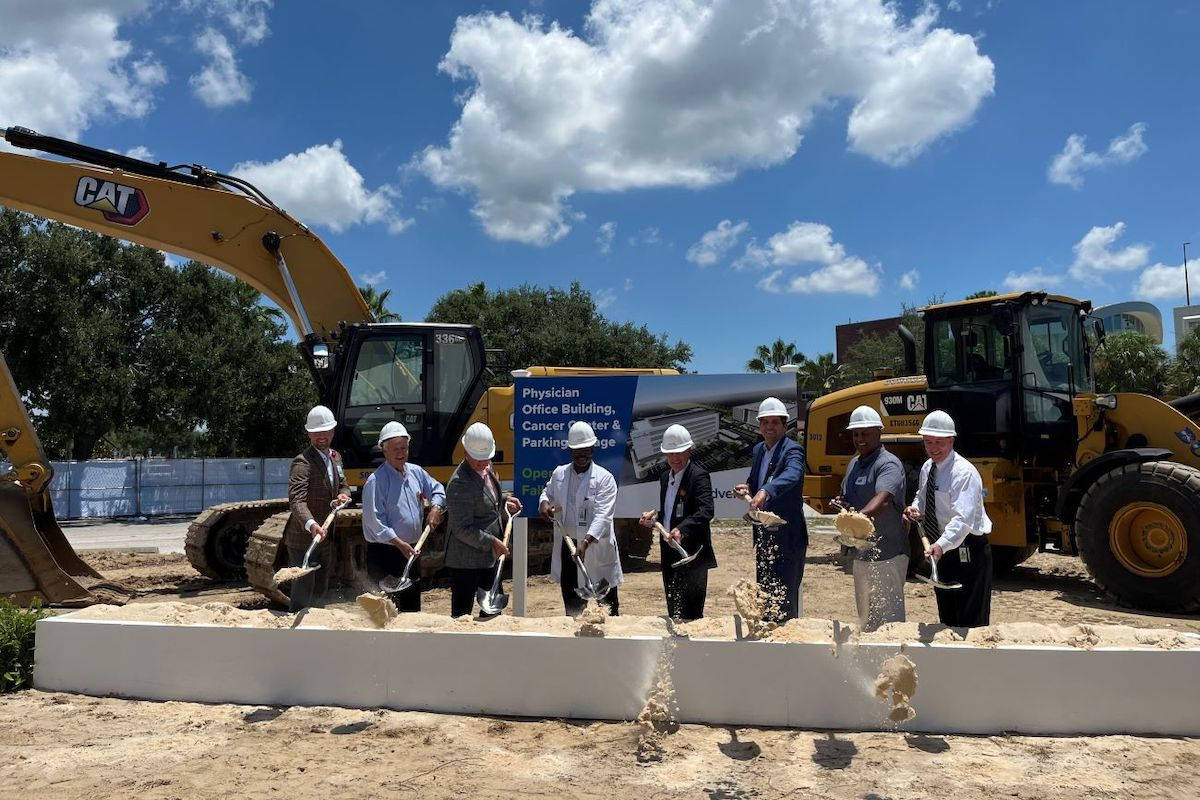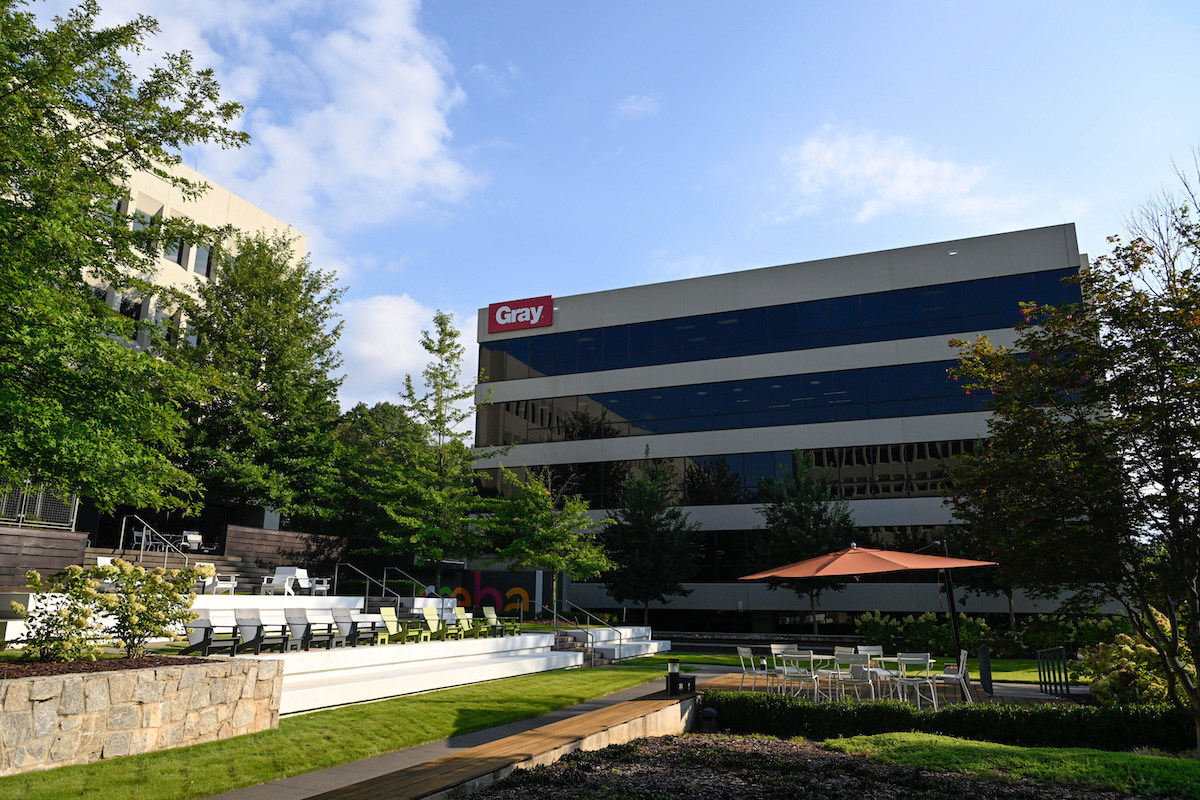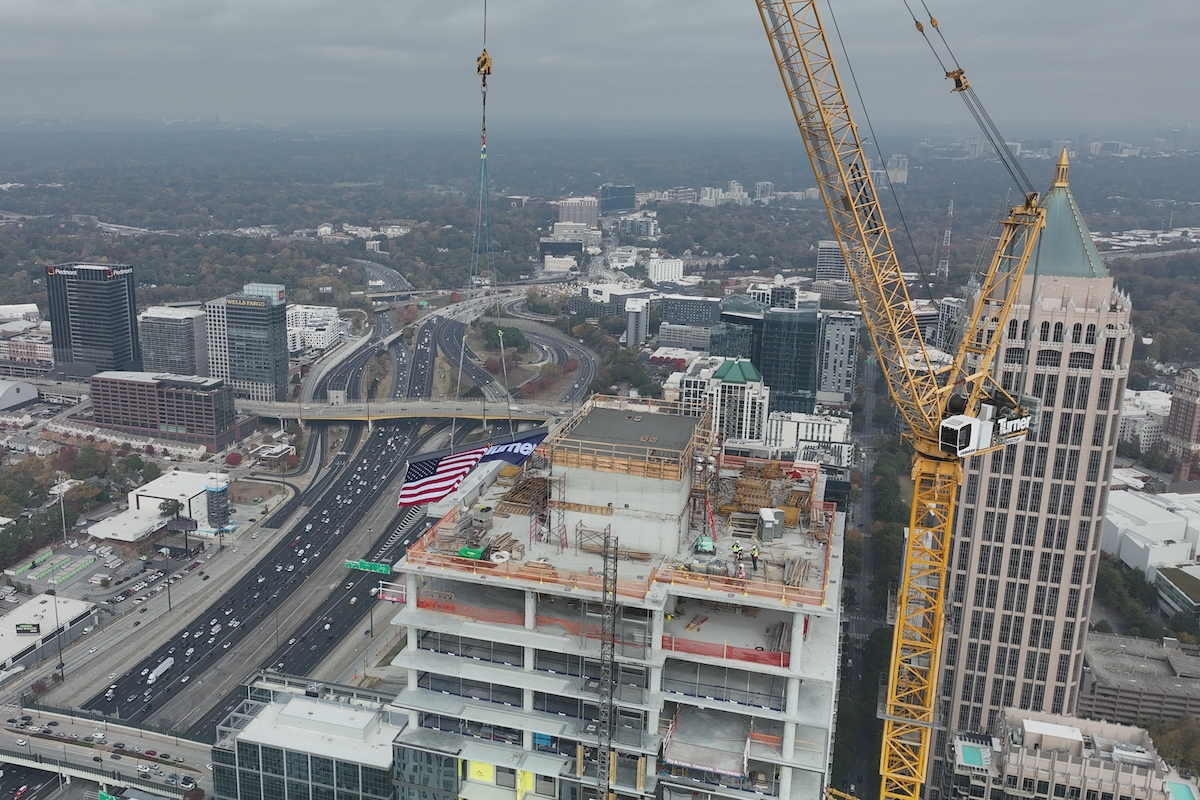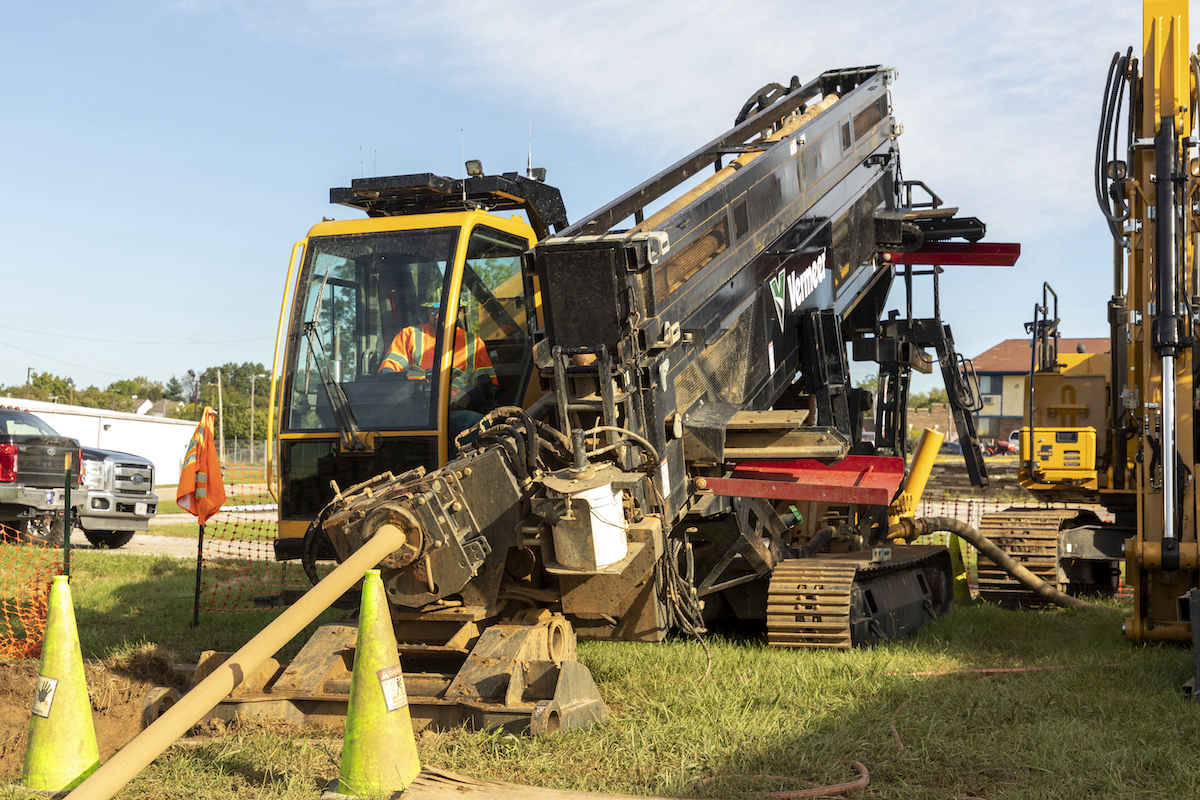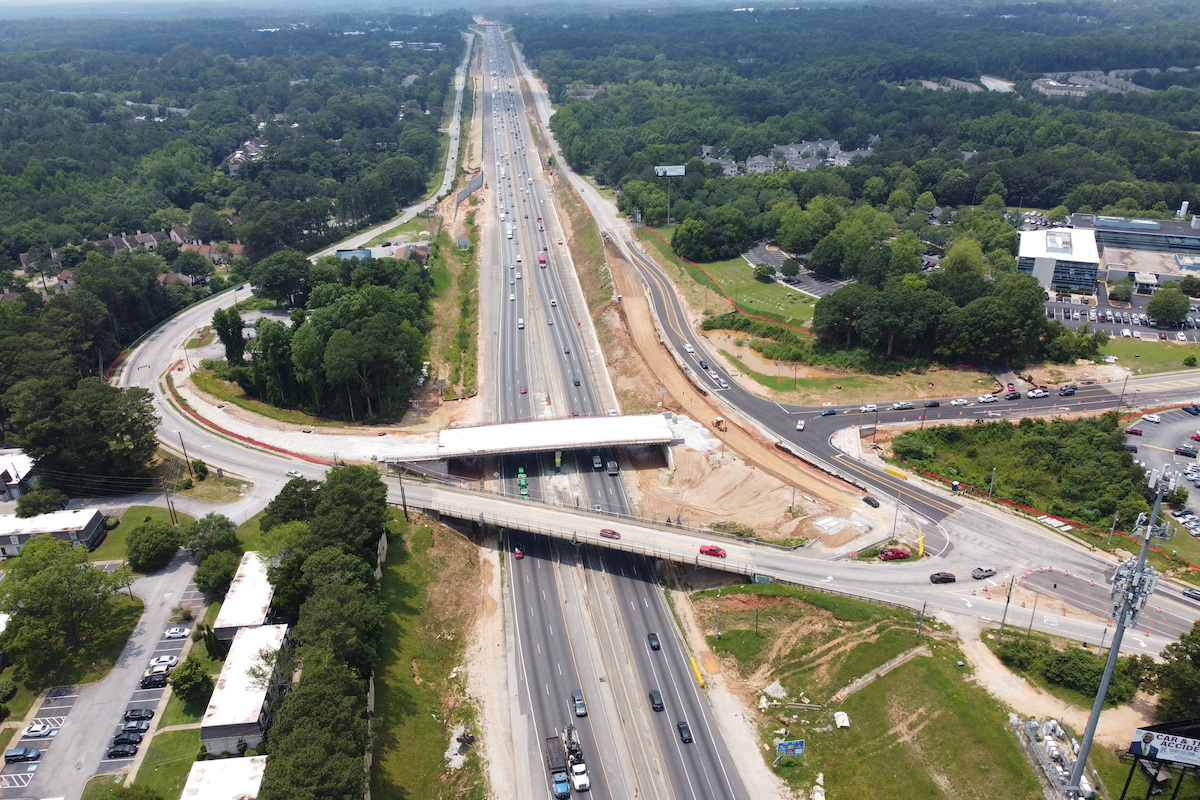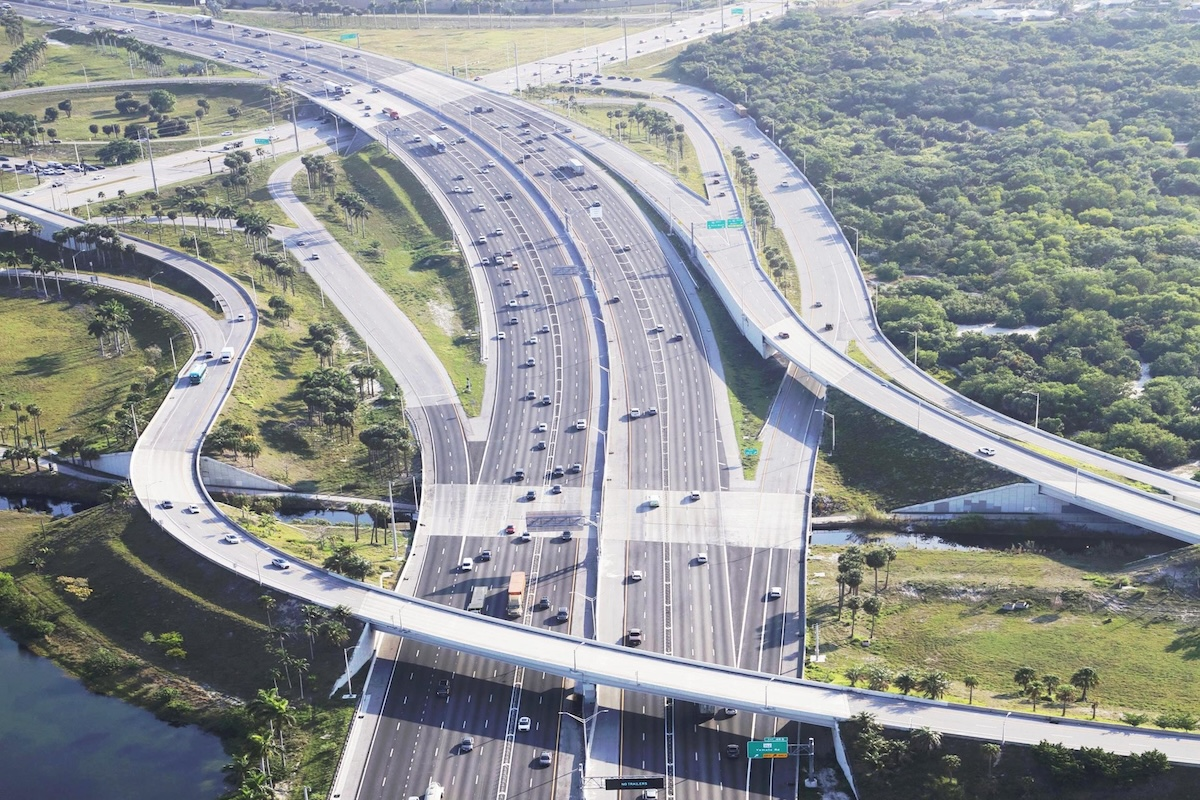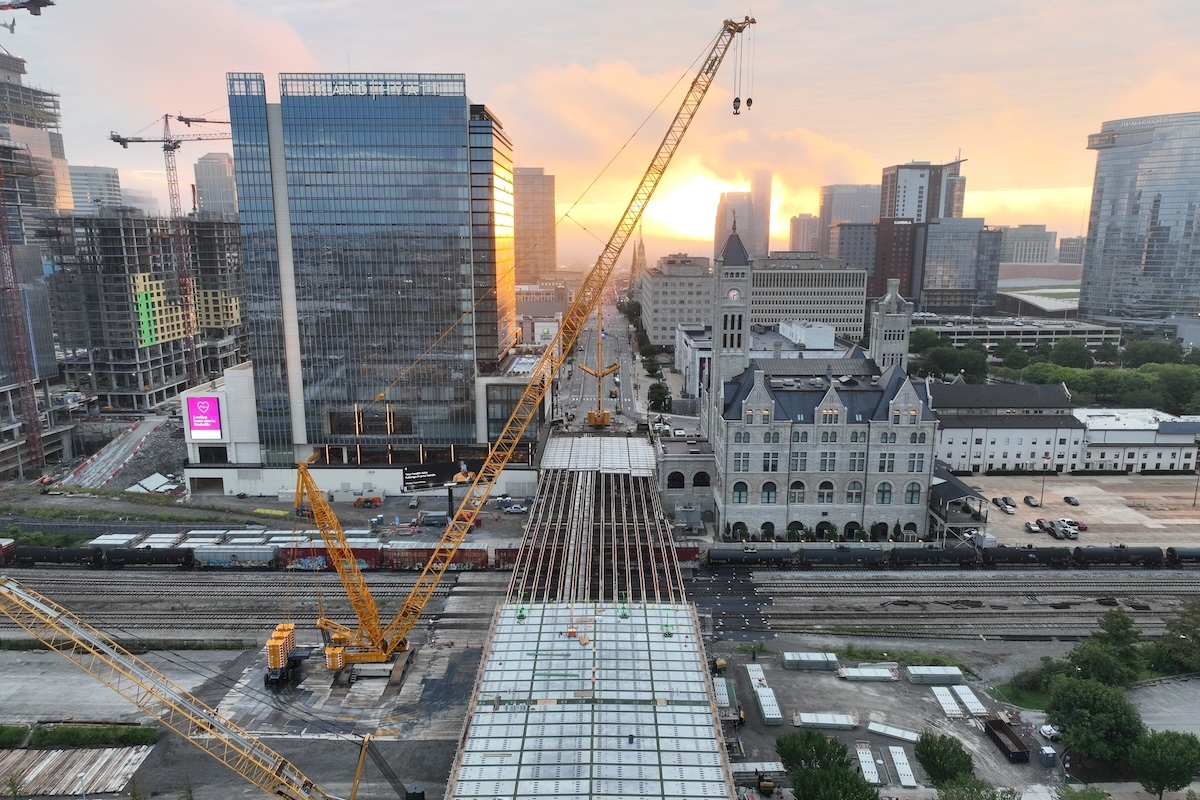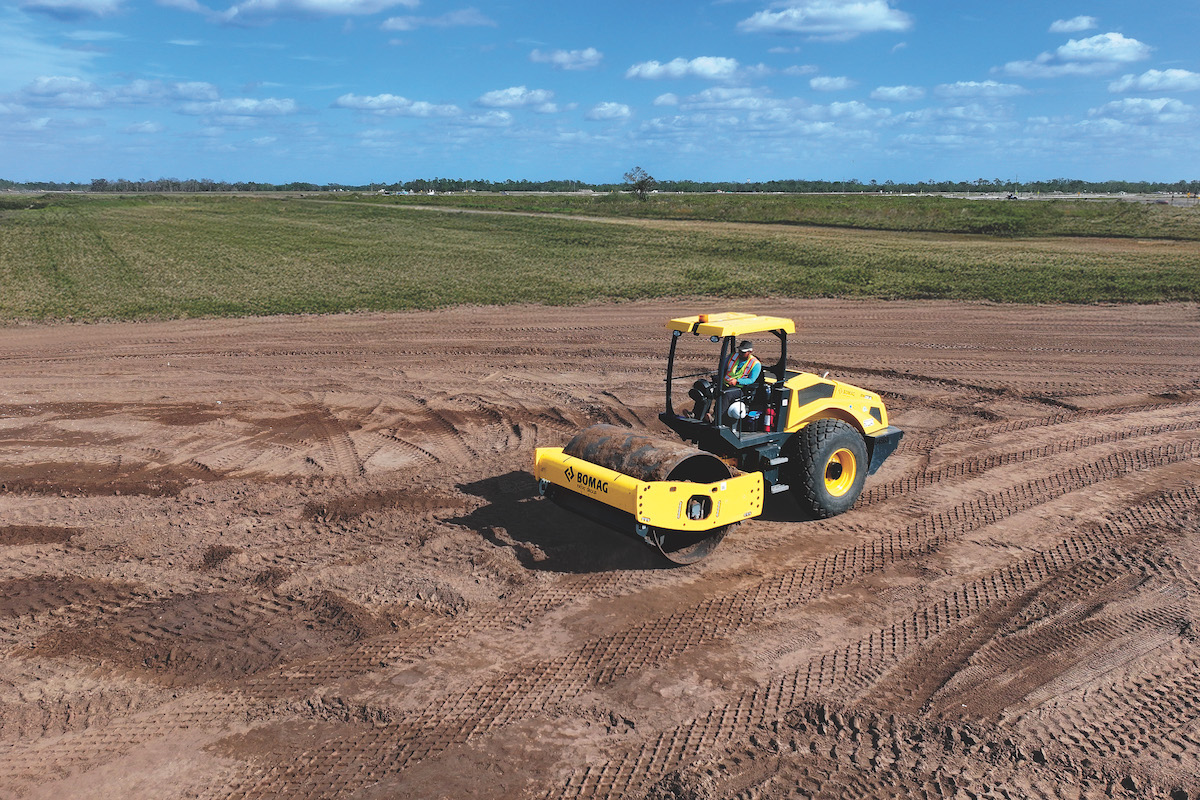When the Port of Corpus Christi Authority (PCCA) set its sights on redeveloping one of its busiest oil terminals at Avery Point operated by multiple stakeholders, a key consideration was to find ways of minimizing disruptions to existing operations via a phased approach.
As the first phase of the project nears completion by the end of the year, PCCA is closer to achieving that objective.
The Avery terminal consists of three ship docks and one fit-for-purpose, two-berth barge dock along the southern coastline of the Inner Harbor Navigation Channel. Based on extensive planning and capacity evaluations, PCCA determined that the first priority in its redevelopment — consisting of adding a second barge dock — made the most sense, since it doubled the number of berths from two to four, and in turn created additional capacity at the three ship docks, which sometimes have to accommodate barges.
The long-term aim is to upgrade the existing ship docks, some of which are more than 50 years old, to accommodate some of the largest crude oil carriers, develop more efficient operations, and help the port — currently operating at more than 84 percent capacity — maintain its strategic importance as a shipping hub along the Gulf of Mexico. This high utilization prohibited decommissioning and redevelopment of the three existing ship docks simultaneously without first creating a new berth to accommodate existing and growing demand during construction.
“The expansion of the barge docks was executed as phase one because it creates additional large vessel capacity at the ship docks, making the terminal more productive for the immediate future,” said Jyotirmoy Sircar, Vice President of Ports and Marine Engineering at WSP and Design Project Manager for the expansion design.

| Your local Komatsu America Corp dealer |
|---|
| Linder Industrial Machinery |
“The terminal is located at a unique bend in the Inner Harbor Navigation Channel, which poses challenges in terms of vessel movement and traffic,” added Natasha Fudge, PCCA Director of Engineering, who oversees execution of capital infrastructure projects. “The long-term goal of the redevelopment project is to resolve and/or mitigate those issues.”
WSP designed the expansion and interacted with planning, engineering, operations, and maintenance departments of PCCA for the design, which began in October 2021. WSP’s scope included conducting mooring and berthing, geotechnical, and structural analyses.
Expansion of the barge dock involves the creation of a new waterside slip, with compact-sized land development to the south of the existing terminal, adjoining both the port’s property limits as well as a uniquely located wetland.
The structural scope includes design of new tied-back/anchored steel sheet pile bulkhead segments with reinforced concrete caps, new mooring and turning dolphin structures with associated marine fixtures, a new concrete containment platform, a new dock house, and a new switchrack platform. An asphalt-paved access road and parking lot was also designed, along with storm drainage structures that include concrete valley gutters, biofiltration swale, and discharge pipes.

| Your local Bobcat dealer |
|---|
| Pinnacle Central Co Inc |
Landside elements include construction of an auger-cast pile-supported reinforced concrete containment platform to support future product handling marine loading arms and hose pipes, drainage and utility features, a new dock house, fire suppression system, lighting system design, and vehicular traffic access to the expanded dock.
“This project involves every single type of component for a port that you can think of,” Sircar said. “It involves landside excavation and waterside dredging. It involves bulkhead construction. It involves driving piles and monopiles, as well as several utility upgrades.”
Texas-based Callan Marine Ltd. is the construction contractor for phase one of the Avery terminal redevelopment.
The dredging of the Inner Harbor Navigation Channel is a critical component of the port’s capital infrastructure program. It is being dredged to accommodate large crude vessels. Callan Marine is executing the dredging for the final stretch of the navigation channel.

| Your local Bomag Americas dealer |
|---|
| Linder Industrial Machinery |
Dredging in the barge berth pocket had to be well coordinated to meet permit requirements and avoid disrupting operations. It became critical for PCCA, designer, and contractor to collaborate on a construction sequence that would ensure the port never lost operation days due to construction.
Dredging volume turned out to be an area of significant cost savings for PCCA. When the main channel was dredged to a depth that would accommodate ULCS vessels, there was an initial belief that the inner pocket would need to be dredged to the same depth. But since the expanded berths are meant for a specific operation for liquid product barges, they do not require as much water depth.
“As everyone developed a better understanding of the operations and requirements, we determined that we could reduce the quantity of dredging required for the two new barge berths, which resulted in cost savings that had not been previously anticipated,” Sircar said. “The port was able to use the savings for other repairs and utility upgrades that will make the barge docks even more efficient, which will support the port’s long-term goals.”
Perhaps the most critical consideration to avoid delays or disruptions took place before construction began. Contractual specifications developed by PCCA and the designer provided clear understanding to the contractor that there would be a certain number of days for vessel calls when the contractor could not perform work because either select work tasks encroached on existing active barge berth or work tasks involved open-flame/ignition source type tools within the prescribed safety zone for products handled at the existing adjacent terminal.

| Your local Topcon Positioning Systems Inc dealer |
|---|
| Linder Industrial Machinery |
“There were several sub-articles in the front-end specifications that were made available to the contractor during the bid process, which allowed the contractor to account for the project constraints and unique circumstances in their pricing and scheduling,” said Oliver Jones, President of Callan Marine. “Ultimately, the work has been executed rather efficiently because PCCA recognizes the fluid dynamics of terminal activities, and Callan Marine understood the project demanded flexibility of resources to execute the project in a timely manner.”
One of the biggest challenges the contractor faced was maintaining their commitment to protect a unique wetland tract located to the southeast of the expanded barge berths. The design team and PCCA worked closely to optimize bulkhead lengths and dredge volumes that addressed both environmental and operational considerations.
“With all possible care, we detailed our designs to avoid the wetlands, including the stormwater discharge and the swales … everything,” Sircar said. “But it was fairly close to the edge of the bulkhead, which meant we needed to be careful that the construction equipment never crossed the wetlands. It required some strategic planning with PCCA and the contractor to avoid that wetland and not reinitiate any permit processes.”
In 2020, the U.S. Department of Transportation’s Maritime Administration (MARAD) awarded the redevelopment project a $17.6 million MARAD Port Infrastructure Development Program grant for the first phase, so external attention was focused on ensuring that the project does not incur any environmental permit infractions. The construction team worked closely with PCCA’s environmental group to ensure there were no permit issues.

| Your local Wirtgen America dealer |
|---|
| Dobbs Equipment (DXC) |
Preparing PCCA to carefully navigate surge-related tidal issues was also a critical consideration throughout the project’s life cycle, especially during those periods when the uplands were exposed because of existing bulkhead demolition or new bulkhead construction. They were occasionally reminded of this during two storm surges that occurred during construction that required a proactive approach on the part of all stakeholders.
When construction is completed on the new expanded barge docks, located on the easternmost edge of the terminal, it will have the capacity to accommodate most of the barge traffic currently calling on the other three Avery Point ship docks, which will set the stage for the next phases of the project and allow for decommissioning and redevelopment of each dock with measurably lessened disruption of operations.
This will allow the Port of Corpus Christi to pursue other avenues and identify real estate to diversify its capabilities beyond crude oil export.
“Crude oil is the port’s largest business, but it’s not the only one,” Fudge said. “Because we're making the oil docks more efficient, we have been able to successfully focus on diversifying.”




















